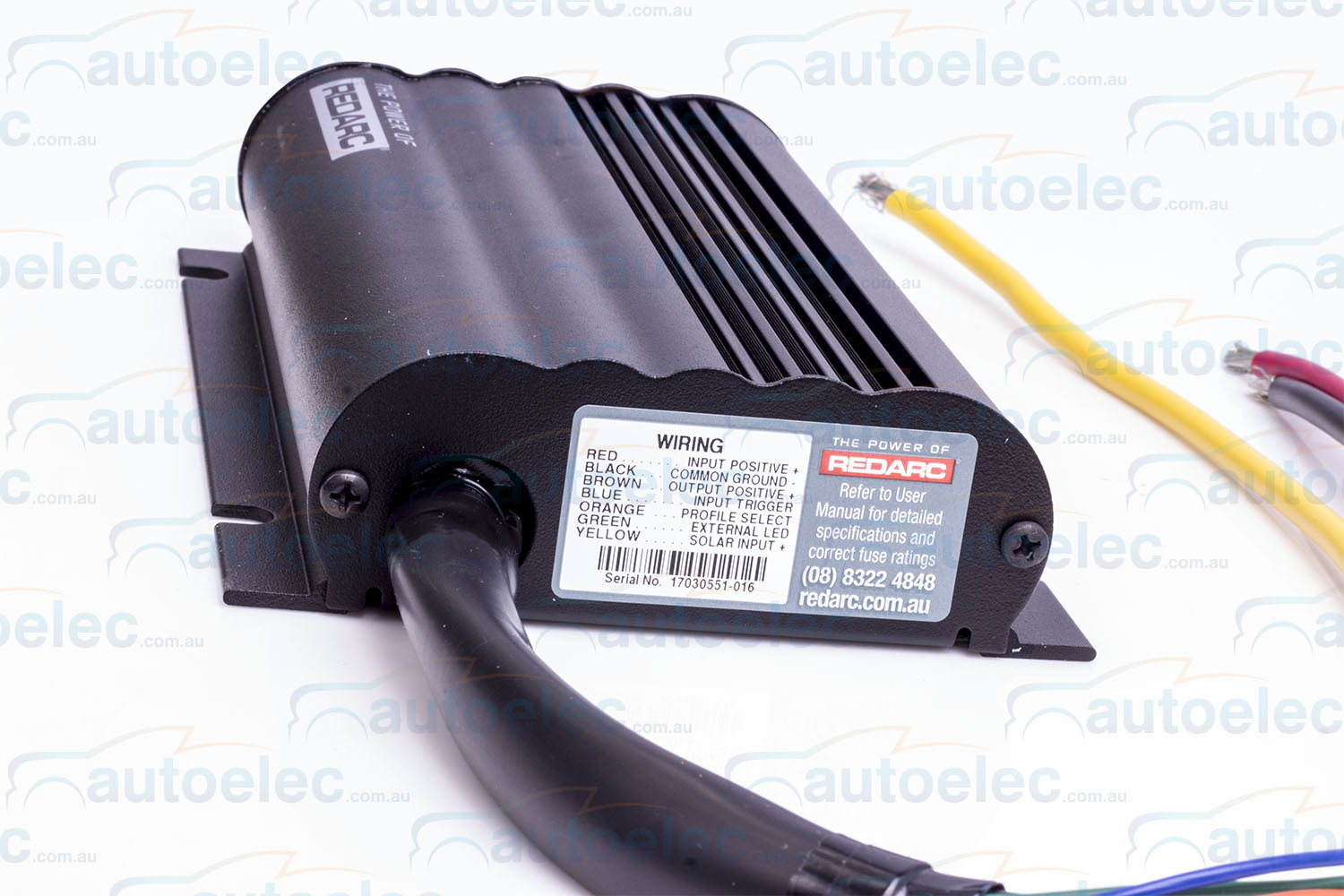Noco Battery Isolator Manually
Noco Battery Isolator Installation Manual. NOCO IGK1440 Battery Isolator Installation Kit. Quick and easy installation (Comes with instructions), Box dimensions: 2” x 4” x 6”. View Cart ACCESSORIES. Buy Battery Isolator. (Part Number: 54-98-002) by Bargman - AutoZone.com. For Auxiliary Power, Provides Full. Noco 140 Amp. Battery Isolator. Many vehicles have multiple batteries: one dedicated for starting the engine and the other to power accessories. Without a battery isolator, a battery with a lower charge will draw power from a battery with a higher charge, until the batteries equalize. The problem is known as. Buy NOCO IGD140HP 140 Amp Battery Isolator. The NOCO High-Performance Battery Isolator is a. But the I got the product and it DOES have an instruction manual. Amira Regular Font Download Free. Battery isolators ready for immediate shipment. On sale at PPL's RV Parts Superstore. Low cost shipment methods available.


I was about to buy a sure power 1314 battery separator, when I found these NOCO battery isolators. I know some isolators will allow the batteries to level out when the engine is running, but these say they keep the batteries isolated completely and charge both batteries when the engine is running. And they are cheaper than the sure power.
I just dont know if they will work with the stator? Another thing I like about the sure power is that it wont charge the aux battery unless the main battery is charged first, dont know if the NOCO operates the same way. Anyone know about these?? If they are good, would the 90amp model be enough or the 140amp?
Battery isolators Battery Cables for Cars, Trucks and Jeeps: Battery Cables for Other Applications: Made-To-Order Custom Battery Cables: Accessories, parts and tools: Technical Info and Other Useful Stuff: After answering numerous questions about different battery isolator schemes, I decided it would be easier to just build a web page. Below you will find the basic design of 3 types of battery isolators with the pro's and con's of each.
I got an email from someone scolding me that I was not telling the whole story and claiming diagrams were simplistic (overly simple). Vmware Windows Activation Oem. That is all true. The diagram below are intended as an overview and some details are missing from the diagrams.
The Diode Battery Isolator The diode type battery isolator uses semiconductor diodes to split the current from the alternator or generator and charge 2 or more batteries at the same time. One battery is used to start the engine the other is used to run the accessories. The load on the accessory battery does not drain the starting battery so it remains charged even when the accessory battery is run down. Pros: no user action needed to operate. Cons: May requires some wiring changes -- you need to separate starter/ignition from accessory wiring.
This could be complex in a modern vehicle. Some vehicles will need the VSense line connected to alternator. The Battery Switch The battery switch allows you to switch between 1 or more batteries and sometimes between a combination of batteries. A common battery switch lets you choose battery 1, battery 2 or both. Cios Installer Download on this page.
Which ever battery you choose is connected directly to the engine, alternator and accessories. The switch lets you drain one battery, then switch to another to start the engine. You must then switch to 'both' in order to charge both batteries or have a separate diode-type battery isolator. Pros: No need to separate starter/ignition wiring from accessory wiring.





